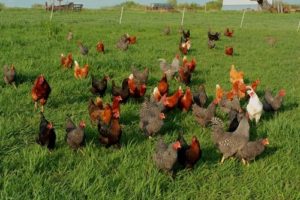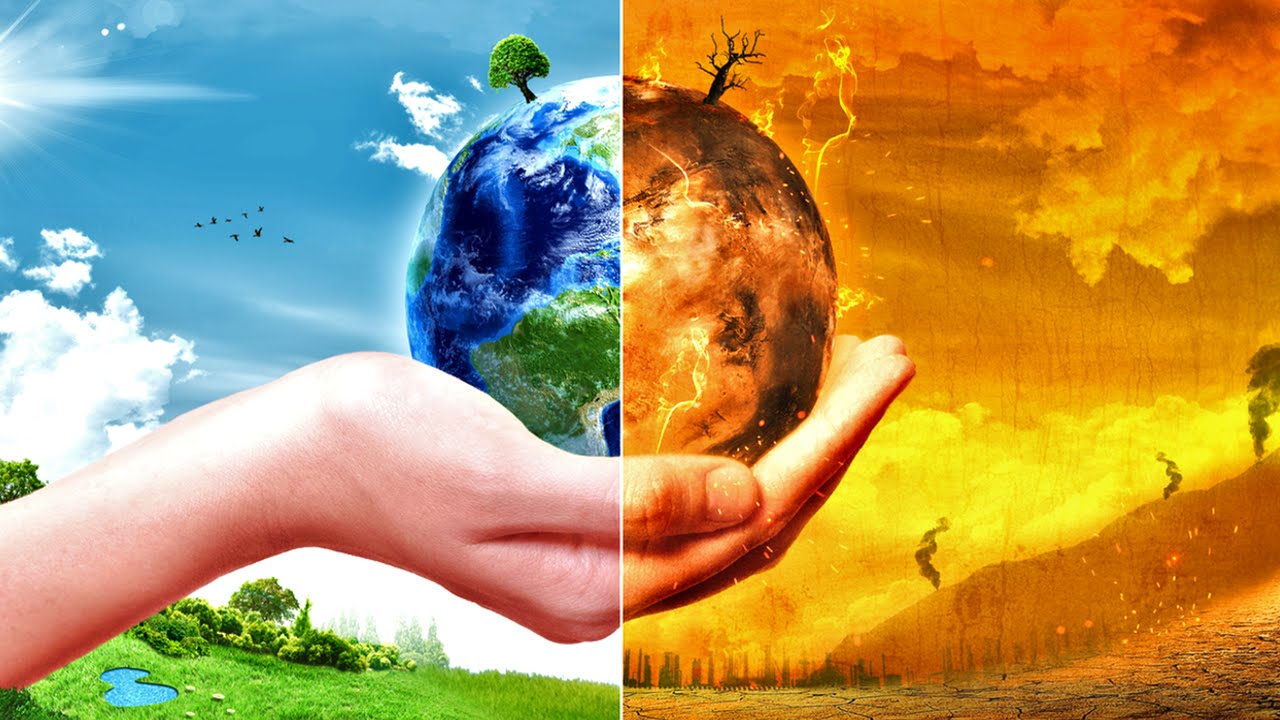Kaitlyn McGarvey – Pre-Veterinary Science
Sean O’Neil – Environmental Science
Spencer Scannell – Natural Resources Conservation
In 1987, Champerico, Guatemala suffered a widespread outbreak of a severe neurological disease called paralytic shellfish poisoning (PSP). What began as six people at health clinics complaining of headaches, dizziness, and weakness, quickly grew into a much larger problem. Within hours, over 100 people sought medical attention for a wide range of symptoms. One child’s symptoms quickly progressed to respiratory paralysis, ultimately causing death. A total of 187 people received medical treatment and of those, 26 died (Rodrigue et al., 1990, p. 267). Further investigation identified the consumption of clams or clam soup as the common link between the affected individuals (Rodrigue et al., 1990). Continue Reading















Recent Comments